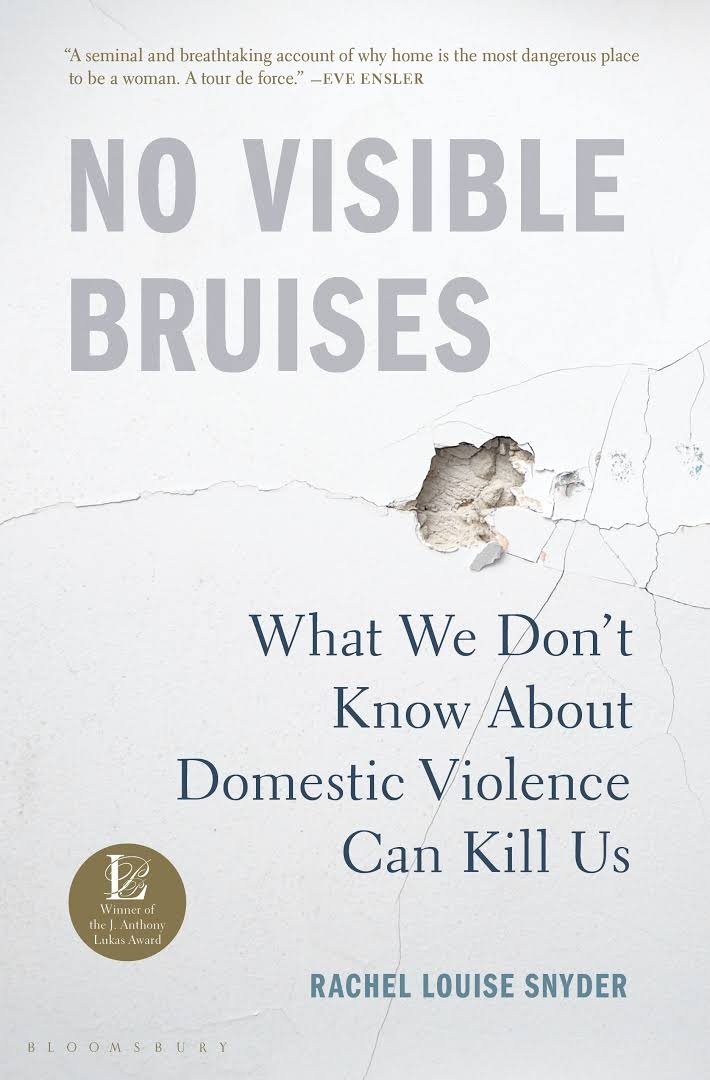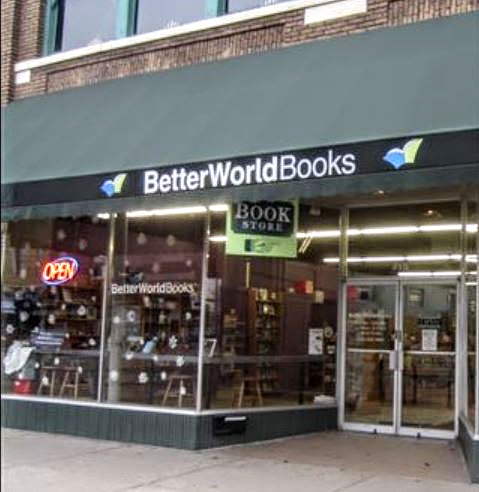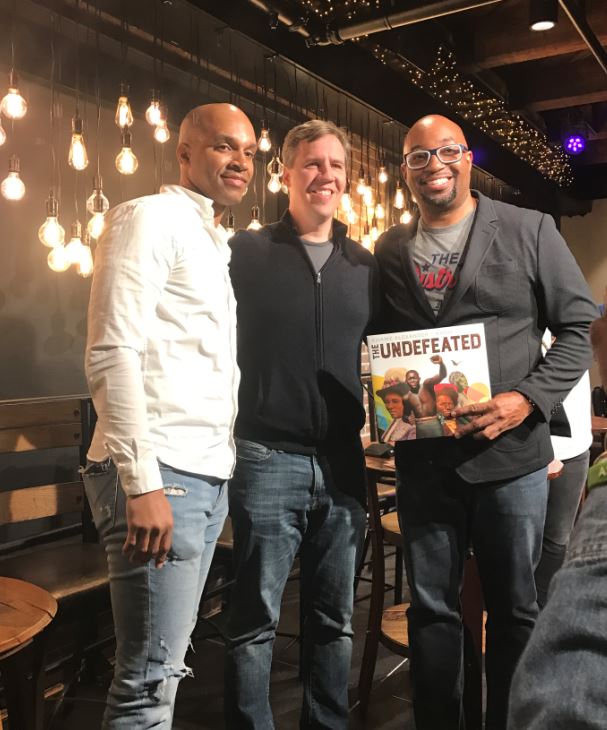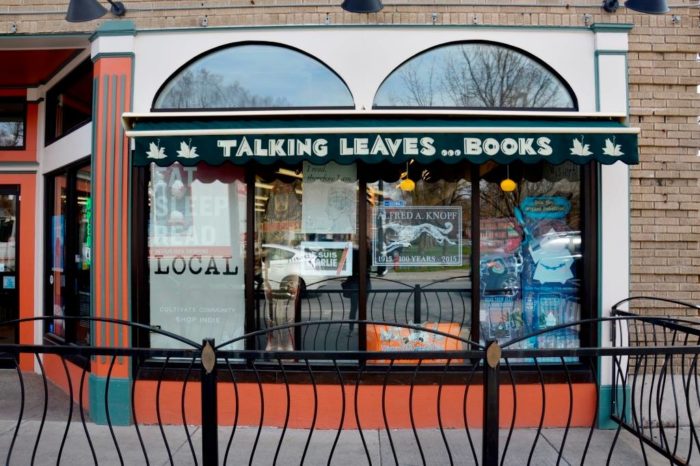 Journalist Rachel Louise Snyder used to think of domestic violence as "an unfortunate fate for the unlucky few," a hardwiring gone wrong. But then an acquaintance offered a new perspective: that this is a social epidemic, one it is possible to prevent. No Visible Bruises: What We Don't Know About Domestic Violence Can Kill Us is the product of copious, immersive research, an investigation into a universal and insidious violence and what can be done about it.
Journalist Rachel Louise Snyder used to think of domestic violence as "an unfortunate fate for the unlucky few," a hardwiring gone wrong. But then an acquaintance offered a new perspective: that this is a social epidemic, one it is possible to prevent. No Visible Bruises: What We Don't Know About Domestic Violence Can Kill Us is the product of copious, immersive research, an investigation into a universal and insidious violence and what can be done about it.
Snyder presents her findings in three parts, ordered as "The End," "The Beginning" and finally "The Middle." That is, she first studies what intimate partner violence looks like at its conclusion: homicide and regrets that various systems (judicial, law enforcement, advocacy, etc.) couldn't do more. Next, she investigates the beginning of such violence. Abusers often come from abusive home environments and, along with their victims, grow up in a society that values stoicism, control and violence in men, submissiveness and emotional labor in women. "The Middle" examines how services are provided to victims of domestic violence, and what changes should be considered.
No Visible Bruises sounds like an appallingly dark read, and it's true that the content is deeply disturbing. But by focusing on case studies--individuals' stories--Snyder returns humanity to the horrifying larger issue. These cases (including familicides, or murders of entire families, as well as homicides, private terrorism and abuse of all stripes) are indeed awful stories, but told with such compassion and curiosity, they turn out remarkably accessible.
In repeatedly facing the stereotypes and assumptions she brought to her research topic, Snyder gains credibility with her reader. She applies extra attention to breaking down those myths she once believed: for example, that "if things were bad enough, victims would just leave." Her years of research and immersion in the subject--riding along with law enforcement, shadowing advocates and interviewing survivors, families and abusers alike--lend her further authority. Snyder holds concern for abusers as well as their victims. She spends time with men involved in prevention campaigns, former abusers working to reset patterns and forge new ways to relate. She comes to see that shelters are not the answer, even while noting how much good they've done since the early days of recognizing domestic violence.
Perhaps most importantly, she gives context to the apparently senseless horror, placing domestic violence in relationship to issues of economics, education, employment, the criminal justice system and other, more "public" types of violence. The result is an impressive body of knowledge about domestic violence in the United State: what it looks like, its terrifying prevalence, what works and what doesn't in trying to stem the tide. No Visible Bruises speaks with urgency about solving a problem that, however invisible, affects us all. --Julia Kastner, librarian and blogger at pagesofjulia
Shelf Talker: This thoroughly researched examination of the domestic violence epidemic is chilling but deeply important and surprisingly accessible.




SHELFAWARENESS.1222.S1.BESTADSWEBINAR.gif)


SHELFAWARENESS.1222.T1.BESTADSWEBINAR.gif)

 Tom Doherty Associates, which includes Tor, Forge, Tor Teen, Starscape and Tor.com, is launching a horror imprint called Nightfire, whose first titles will appear in early 2021.
Tom Doherty Associates, which includes Tor, Forge, Tor Teen, Starscape and Tor.com, is launching a horror imprint called Nightfire, whose first titles will appear in early 2021. WH Smith, the British retailer that sells books, stationery, magazines, newspapers, entertainment and travel products and some food primarily at airports, train stations, downtowns, highway stops and hospitals, plans to "
WH Smith, the British retailer that sells books, stationery, magazines, newspapers, entertainment and travel products and some food primarily at airports, train stations, downtowns, highway stops and hospitals, plans to " Better World Books
Better World Books
 In a piece headlined "Understanding
In a piece headlined "Understanding  Nicola's Books
Nicola's Books The Paris Diversion
The Paris Diversion Journalist Rachel Louise Snyder used to think of domestic violence as "an unfortunate fate for the unlucky few," a hardwiring gone wrong. But then an acquaintance offered a new perspective: that this is a social epidemic, one it is possible to prevent. No Visible Bruises: What We Don't Know About Domestic Violence Can Kill Us is the product of copious, immersive research, an investigation into a universal and insidious violence and what can be done about it.
Journalist Rachel Louise Snyder used to think of domestic violence as "an unfortunate fate for the unlucky few," a hardwiring gone wrong. But then an acquaintance offered a new perspective: that this is a social epidemic, one it is possible to prevent. No Visible Bruises: What We Don't Know About Domestic Violence Can Kill Us is the product of copious, immersive research, an investigation into a universal and insidious violence and what can be done about it.